Understanding Virtual Read Files in ECU Flashing 4
In ECU tuning there are times when direct reading of certain ECUs is not possible. This can be due to the fact that some manufacturers do not implement this feature,as they only require the ability to flash the ECU for updates and not to read its content directly. In such cases, a virtual read becomes the only way to access the ECU data. But what exactly is a virtual read and how does it work?
What is a Virtual Read?
A virtual read file is an original file that corresponds to the software number of the ECU installed in the car. It is a file that can be downloaded from the server and provides access to the ECUs data. This virtual read is fast and can be obtained within seconds. It allows you to read the ECU data even if the car has been tuned. This means that regardless of any modifications done to the car, the virtual read will always provide you with the original file.
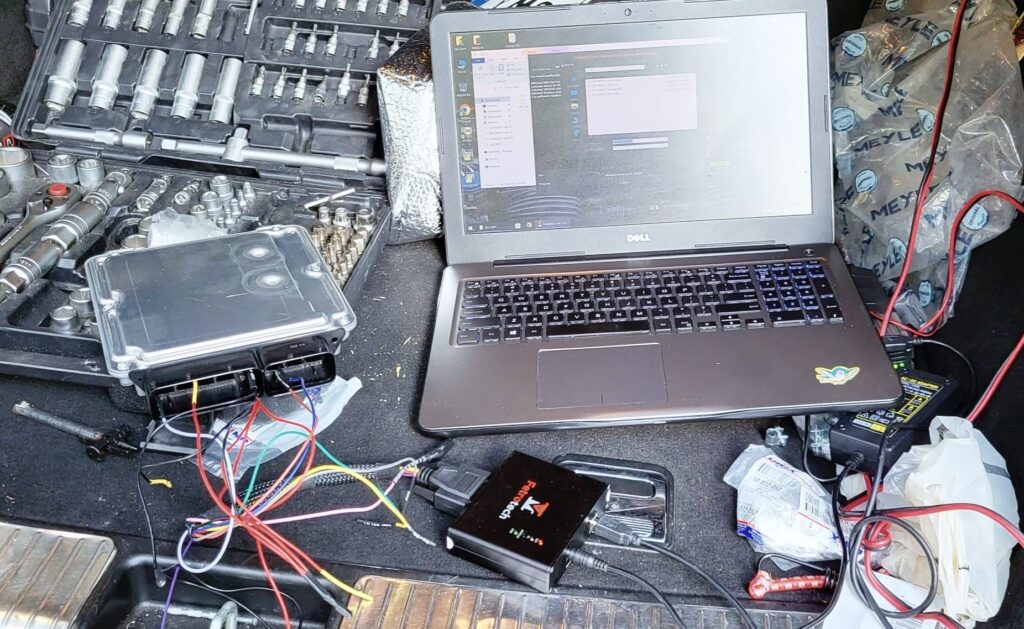
Virtual Read vs Normal Read
Now that we understand what a virtual read is,let’s compare it to a normal read. A normal read is the real readout from the car’s ECU. If the car has been tuned, the normal read will give you the tuning file, whereas if the car is in its original state, the normal read will provide you with the original file. In contrast, the virtual read is a file that can be downloaded and accessed from the server, providing you with the original file regardless of any modifications to the car.
Benefits of Virtual Read
The virtual read offers several advantages in the world of tuning.Firstly, it provides access to the original file, ensuring that you always have a baseline to work with. This is especially useful when dealing with tuned cars, as it allows you to revert back to the original file if needed. Additionally, the virtual read is fast and can be obtained within seconds, saving you valuable time. It eliminates the need for physical access to the car’s ECU, making the tuning process more convenient. VR files are largely used for VAG EDC17 ecu’s as almost all are now possible to flash over OBD2 port using new generation flashing tools as KESS V3, PCMCflash and similar. Check out our massive database for VAG VR files.
Limitations and Solutions
While the virtual read is a powerful tool in ECU tuning, there are some limitations to be aware of. In some rare cases, the virtual read file might not be available. In such situations, it is important to check if there are alternative reading methods offered by the tuning software. This could include options like bench or boot readings. If no other reading method is possible, it is not necessary to submit a support request. Instead, you will be notified via email as soon as the virtual read file becomes available.
Ensuring Accuracy and Safety
When working with virtual read files, it is crucial to ensure accuracy and safety. One common concern is the discrepancy in the VIN number between OBD reads and virtual reads. This can be confusing, but it is important to remember that the virtual read file is based on the software number of the ECU, not the VIN number. Therefore, any differences in the VIN number between OBD reads and virtual reads should not be a cause for alarm.
It is also important to note that virtual read files should not be written via the on-bench method. This is because the OBD read is virtual and the file must be written via OBD itself. Attempting to write an OBD read file via the on-bench method can lead to potential issues. Therefore, it is essential to follow the proper procedures and guidelines when working with virtual read files to ensure accuracy and safety.
The Evolution of Virtual Read
Over the years, virtual read capabilities have evolved and become more reliable. With advancements in technology and the development of improved tuning tools, the virtual read has become a safer and more efficient method for accessing ECU data. Original tools and trusted software have played a crucial role in enhancing the accuracy and reliability of virtual read files, providing tuners with a more reliable and convenient solution.
So, virtual read files are an essential tool in the world of ECU tuning. They provide access to the original file of the ECU, allowing tuners to work with a baseline and revert back to the original file if needed. Virtual read files are fast, convenient, and eliminate the need for physical access to the ECU. While there may be some limitations and considerations, following the proper procedures and utilizing trusted software can ensure accuracy and safety in working with virtual read files. With the evolution of technology, virtual read capabilities have become more reliable, making them an invaluable asset for tuners in their quest for optimal performance.

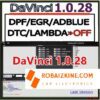

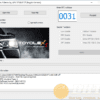
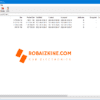
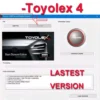
What you must consider and it is not included in text is that with virutal file you overwrite previous made modification (which you will not know if and what is done as you can’t read ori ecu). so for example if ecu have dpf or egr off before and you download virutal file do stage 1 only and flash it, you will loose egr and dpf before done…
best blog as always, thank you robaizkine
I bricked ecu from BMW f10 edc17 when using VR file on autotuner, i think it was bad SW at server. Be careful
Do you have Toyota database of VR files maybe?